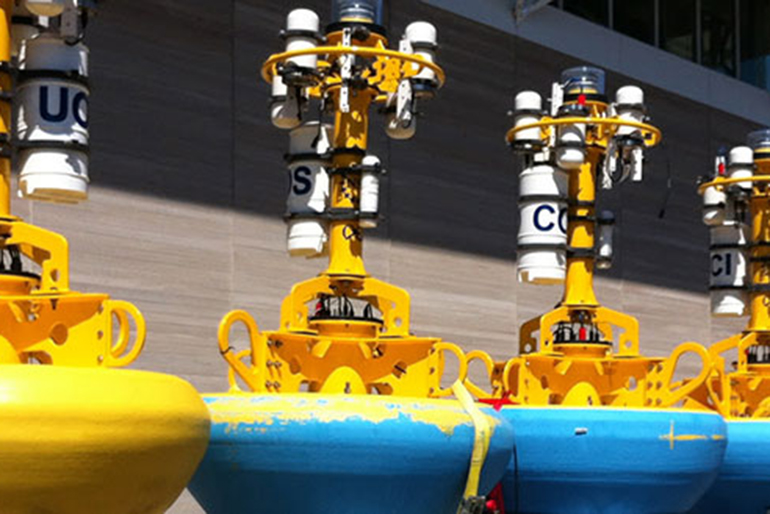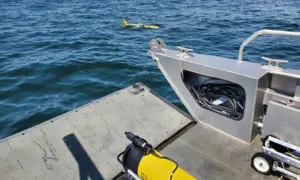The National Science Foundation (NSF) and the Ocean Observing Steering Committee hosted a meeting at NSF in early January for the coastal oceanography community to harken the opening of the OOI program. RU COOL along the Rutgers Discovery Informatics Institute has been building the cyberinfrastructure component of the OOI in partnership with Raytheon and Applied Science Associates. The meeting in January 2016 announced the opening of the OOI Data Portal is that now OPEN to view data. Click here to create your login. The OOI Data Portal immediately to the community for viewing data while we continue to conduct configuration validation of data streams. Data viewed through the time series plotting function are preliminary and subject to change as the team continues their quality control processes and the validation of OOINet. Your feedback is welcome and appreciated. Beyond that we are providing access to validated OOI data while this process is being completed through the OOI Website. Data currently available for download from the OOI Website includes:
- All historical Cruise Data
- Validated OOI dataset files through a THREDDS server. The number of available datasets will increase over time as data are validated. The list of datasets on the THREDDS server are based on the Essential Ocean Variables identified by the OOI Science Oversight Committee (SOC) and the scientific community.

An additional feature available on the OOI Data Portal at this time is HD video streams at a hydrothermal vent site on the Axial Seamount. Live video streams of the actively venting chimney are provided periodically throughout the day during the hours of 1:00, 4:00, 7:00, and 10:00 ET & PT, for a duration of 14 minutes. Beyond the website, there are additional ways to get information about using the OOI. OOI Operations Staff are available to meet with potential investigators who wish to submit proposals to deploy instruments on the OOI. Investigators can schedule an appointment to meet virtually with OOI Operations Staff to discuss technical requirements, testing, and answer any other questions researchers might have regarding adding instrumentation to the OOI arrays. Click here to view available times.




